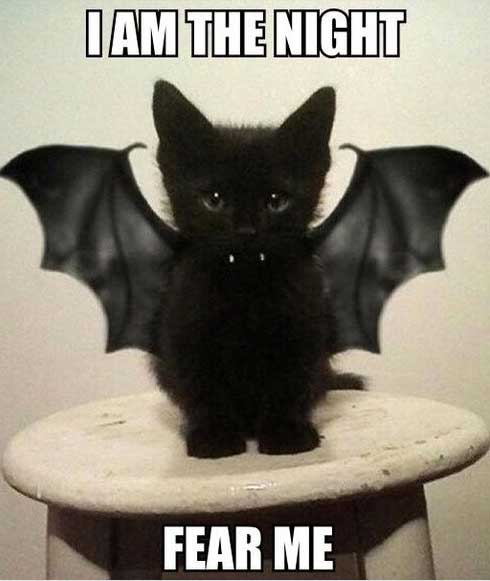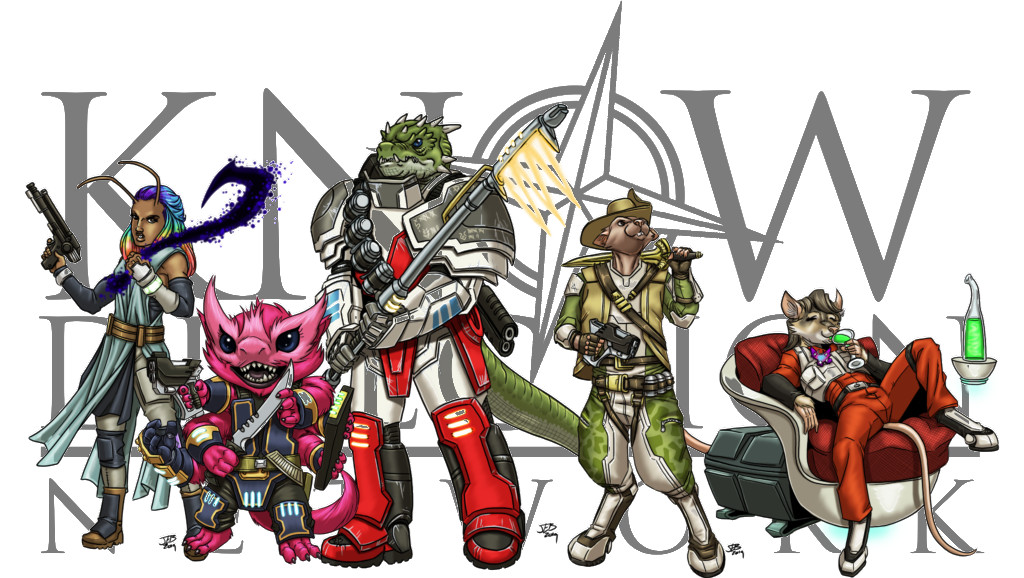Before the break, I spent several weeks talking about how to center the PCs in the narrative on an adventure path by personalizing the experience. This week I thought I’d focus on a different aspect of personalizing a published adventure by eliminating (or at least minimizing) the rote reading of box text.
Nearly, every bit of boxed text I’ve read in adventures since the early eighties say something to the effect of “Read or Paraphrase the following.” For years I’ve been reading that text, certain my words were not as good as the writer’s words. Largely, I’d say that’s true but unless you are a skilled narrator, reading box text fails to be as engaging as the words that flow naturally from the GM. Another, advantage of skipping the box text is because the module doesn’t know how your PCs are entering a room box text neglects certain details like PC carried light sources, point of entry, and monsters. I cannot stress how frustrating it is to some players to get this elaborate narration of a room then, “Oh, by the way, there are half a dozen devils in the room. Roll initiative!” Most GMs are able to narrate descriptively and improvise details during the game, why not do the same with the box text, so you can integrate the details your PCs need.
For me, the key to reducing your dependence on the box text is in the preparation for your next session. I’m starting to tag encounters with single words or short phrases to remind me what’s important in each room. This is an idea I stole from FATE, which uses Aspects (single words or short phrases) to define the environment of an encounter. Typically these get laid out on index cards so players and GM alike can remember them and invoke their effects but for my purposes, I’ll just keep these Aspects as tags in my notes. Not unlike the rules tags, 2e Pathfinder makes good use of. These aspect tags in conjunction with the map will help me narrate scenes more fluidly than if I relied solely on boxed text.
!!WARNING MINOR SPOILERS FOR LEVEL 1 of the EMERALD SPIRE SUPER DUNGEON!!
An early and memorable encounter in the Emerald Spire Adventure Path has the following associated box text:
“From this curving, room doors lead east and west, and a passage leads south. A small table with four rickety chairs sits in the middle of the room. A pair of dice lies on the table amid cups and plates.”
Now, this chamber is divided by a short hallway so the remainder of this page of the text is box text for the other end of the room…it isn’t until you turn the page in the module that you get to the room’s inhabitants, a pair of goblins. Provided the alarm hasn’t been raised these two are engaged in hilariously awesome behavior that would be a shame to bury beneath even a short bit of boxed text. Let alone forget entirely due to being hidden behind a page flip.
From the text:
“One of the two goblins stationed here has fallen asleep on his half-eaten plate of food. The other goblin passes the time by putting small pieces of food in her slumbering mate’s ears, creating a culinary work of art (by goblin standards).”
The text goes on to indicate even if the fort goes on high alert she’ll let her companion sleep rather than disturb her masterpiece so even if the PCs alert all the other goblins to their presence there will still inexplicably be a goblin face down in his plate with food sprouting from his ears. This is all far more interesting and entertaining than a pair of dice likely obscured from view by the two goblins sitting at the table.
I might assign the following tags (in order of importance) to the encounter to remind me how to describe the scene at the table with little more than a glance: Goblin Artist, Sleeping Goblin with Food Art in Ears, Rickety Table Cluttered with Cups and Plates. Between the map, the original boxed text and my three tags I should be able to easily narrate this encounter making the most of the absurd setup without reading a word aloud to my players.
When possible I like to make notes directly on my maps or more accurately copies of my maps (I’m not normally one to write in my books). Placing these sorts of tags directly on the map provides easy to access visual cues that make running the game easier. I find it helpful to also tag the conditions found in the common areas of the dungeon or another adventure site.
All of these notes (particularly if placed directly on my maps) are helpful if something changes due to the PC’s or NPC’s actions. An alarm is raised I can easily see where and who the nearest reinforcements are and mark their tags off of the rooms they were in. Similarly, if a goblin guard turns tail and runs I the middle of the combat to warn her bugbear chief I can add her tag to the chieftain’s war room with the tag ready for battle. So if it takes us another week or more in real life I’ll still remember and I’ll be better able narrate that scene
It is important to note if you’re not adding your tags directly to your map you needn’t add tags to every encounter. Some encounters have only a single short sentence or two for boxed text and the area’s significance may be minor allowing you to either simply paraphrase the box text or just read it outright. You should only prepare and tag the encounters that will really benefit from reorganizing the missing details or whose boxed text is too long for you to read aloud well. Further regardless of whether you are tagging the text of your adventure, the map itself, or some other method you should try to prepare only tags you think you’ll need for your next session. You’ll probably have a good idea of where your party will go during that game so focus on those areas first. Trying to prepare too many areas at once might lead to burnout or clutter your thoughts making it harder to remember what your tags mean.








Yes, I agree. Paraphrasing the box text, interpreting it on your own really help deliver it well to your players. Also the programmer in me (he’s trapped there) loves tagging!